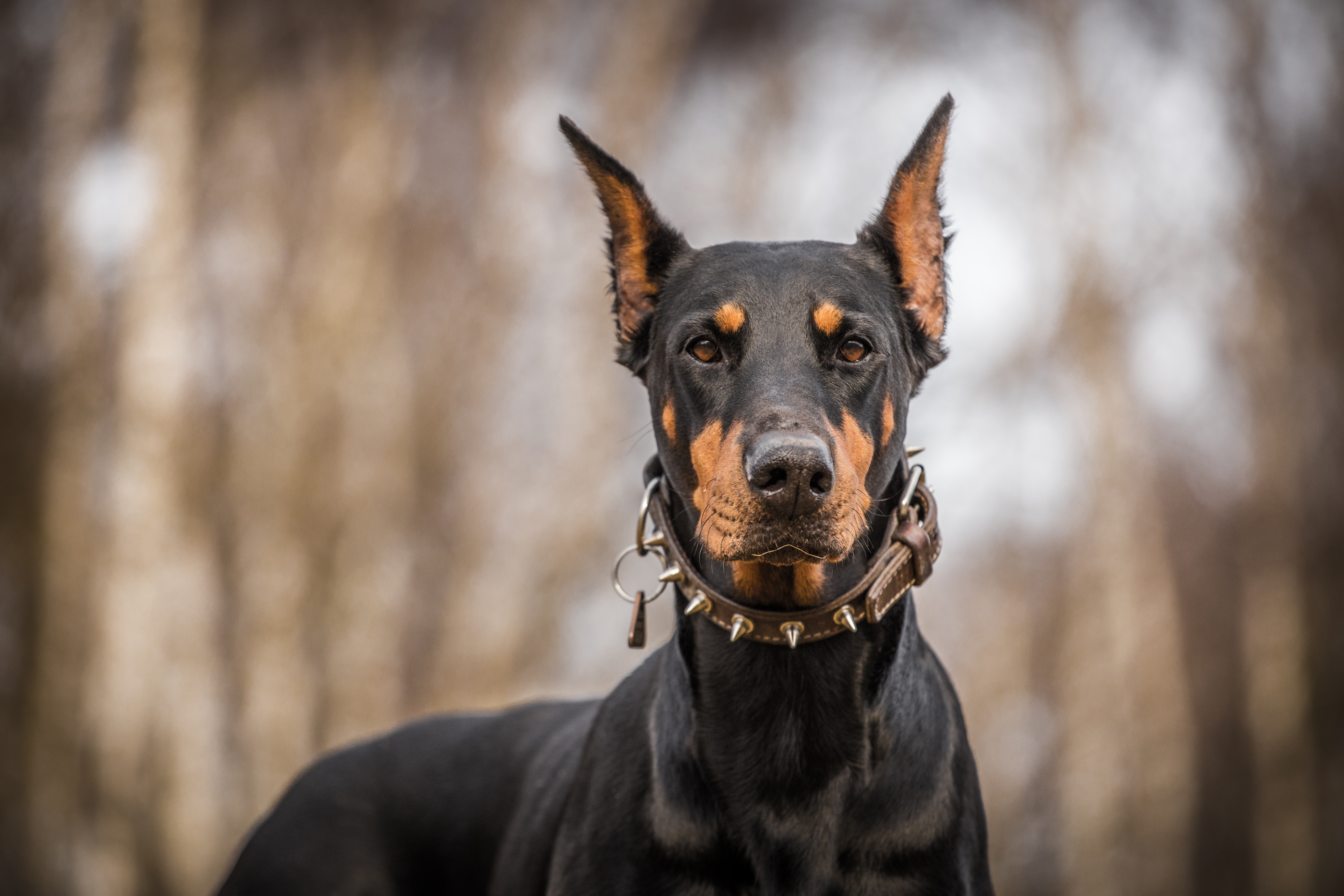Doberman Pinschers: A Complex and Unique Breed
The Doberman Pinscher, a medium to large-sized breed of domestic dog, is known for its distinctive appearance, characterized by its sleek, muscular body, cropped ears, and docked tail. The breed has a rich history, with its origins dating back to the late 19th century in Germany. Despite their often intimidating appearance, Doberman Pinschers are known for their loyalty, intelligence, and trainability, which has led to their popularity as working dogs, companions, and show animals.
Origins and History of the Doberman Pinscher
The Doberman Pinscher was developed in the late 19th century by Karl Friedrich Louis Dobermann, a German tax collector and dog breeder. Dobermann sought to create a breed that would be protective and loyal, and could accompany him on his rounds. To achieve this, he crossed various breeds, including the Rottweiler, German Pinscher, and Weimaraner. The resulting breed was named the "Doberman Pinscher" after its creator.
Physical Characteristics and Unique Appearance
Doberman Pinschers are a visually striking breed. Their sleek, muscular bodies exude strength and agility, with males typically standing 26-28 inches tall and weighing 65-80 pounds, and females being slightly smaller. Their wedge-shaped heads with pronounced cheekbones and strong jaws give them a formidable appearance. One of the most distinctive features of the Doberman Pinscher is its ears, which are traditionally cropped to stand upright. This practice, while controversial in some circles, has historically been done to enhance the dog's hearing and make it appear more alert. Another characteristic is their docked tail, which is usually shortened to a short stump. This practice is done for aesthetic purposes and was once believed to make the dog appear more dignified. However, tail docking is becoming increasingly controversial and is banned in many countries.
Personality and Temperament
Despite their intimidating appearance, Doberman Pinschers are highly intelligent and affectionate dogs. They are loyal and protective of their families, and are often described as courageous, fearless, and dignified. Dobermans require regular exercise and mental stimulation to maintain their physical and mental well-being. They are highly trainable and excel in obedience sports and other activities that challenge their intelligence and athleticism.
Controversies and Ethical Considerations
The Doberman Pinscher breed has been the subject of some controversy. Their often intimidating appearance, coupled with the practice of ear cropping and tail docking, has led to misconceptions about their temperament. Some individuals associate the breed with aggression and danger, but these stereotypes are often unfounded. Additionally, ethical concerns have been raised regarding the practice of ear cropping and tail docking, as these procedures are invasive and can cause pain and discomfort to the dog.
Doberman Pinschers in Modern Society
Today, Doberman Pinschers are widely recognized for their versatility and adaptability. They are still used as working dogs in various fields, including law enforcement, search and rescue, and military service. However, their intelligence and trainability also make them excellent companion animals and family dogs. In the show ring, Doberman Pinschers are highly competitive and have won numerous awards for their exceptional conformation and performance.
Conclusion
The Doberman Pinscher is a complex and multifaceted breed. Their unique appearance, characterized by their sleek, muscular bodies, cropped ears, and docked tails, is both striking and distinctive. While they are often perceived as intimidating, Doberman Pinschers are highly intelligent, loyal, and affectionate dogs. They require regular exercise and mental stimulation, and are highly trainable and excel in various activities. Despite some controversies surrounding the breed, including the practice of ear cropping and tail docking, Doberman Pinschers continue to be popular working dogs, companions, and show animals, appreciated for their unwavering loyalty and exceptional abilities.
Why Yorkshire Terriers Are Great For Apartments And City Living
German Shepherds As Family Pets: What You Should Know
How To Train Your Asian Semi-longhair Cat



